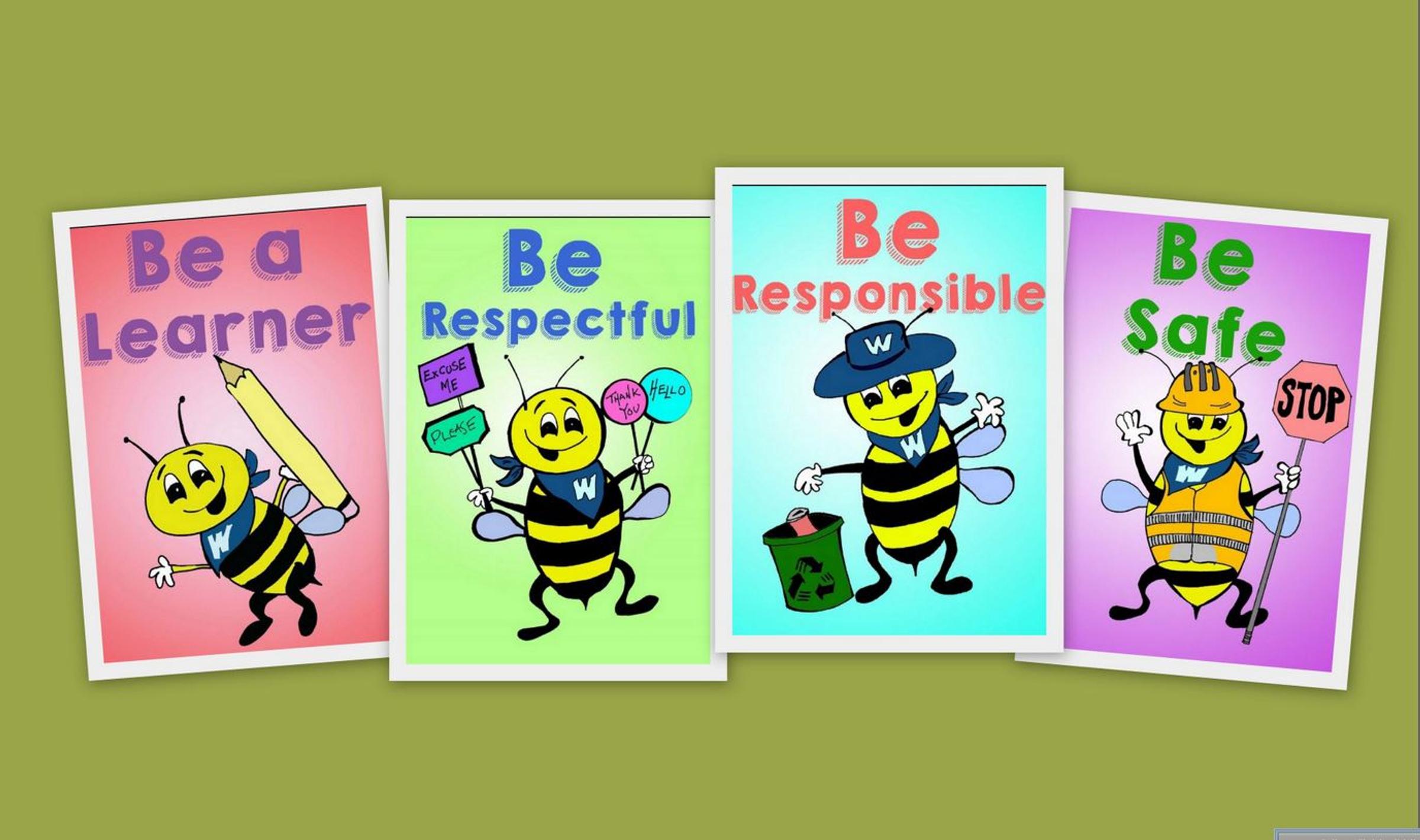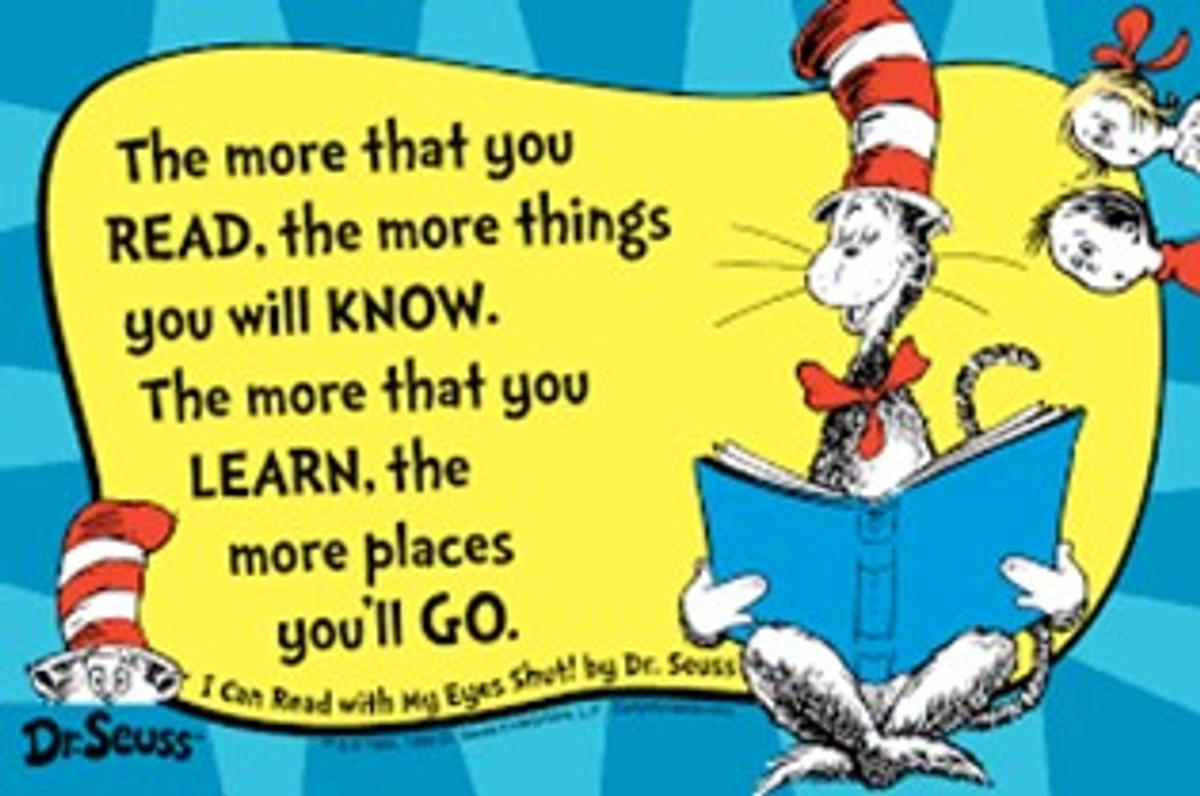Curriculum, Learning & Engagement

Helping your child to read
Reading at home together is a valuable thing to do. Reading increases your child’s vocabulary, expands your child’s understanding of the world, and gives them confidence when using language. Reading is also an important way to make the link between spoken words and written words.
Helping your child work out difficult words
When your child begins to read to you, they will often have difficulty with long or tricky words. The following strategies will help them develop self-correcting skills and assist with their understanding of the text. It is important to give your child time to work out difficult words themselves, because children can often self-correct if given the time. They read more slowly than we do and need the time to work it out. Let the child persist a little, prompt by giving a hint such as “what is the first sound in that word?”
Questions to help prompt may include:
- Let’s look at the word. What letter (or letters) does the word start with? What sound does that letter (or letters) make?
- What letters are in the middle of the word? What sound do these letters make?
- What letter (or letters) does the word end with? What sound does that letter (or letters) make?
- Can we put those sounds together to work out a word?
- Look at the picture. What object can you see in the picture that might start with that letter?
- What do you think this word might mean? What is another way of saying that?
If the above prompts are not working, you can simply say: “The word is…”.
An important aspect of learning to read is praising children’s repeated attempts. Praise can be specific, for example, “Well done on re-reading that sentence, you worked out that word by yourself” or general praise such as “You are trying really hard, well done.”
Another good strategy is to ask your child how they worked out the word. This helps reinforce reading strategies they learn from you and from school.
Book chat
Discussing the content and meaning of books is an important part of reading. Chat about the book before, during and after reading, and encourage your child to share their ideas and to ask questions about the book. Making links across the text by asking guiding questions encourages children to think about what they are reading.
Here are some questions you can ask before, during and after reading the book:
- Look at the cover. What do you think this book might be about?
- How does the place the book is set in make you feel?
- How would you describe the character at the beginning of the story?
- What is happening in the pictures?
- What do you think is going to happen next?
- Why might a character have done this? What would you do in the same situation?
- Who was your favourite character in the story? Why did you like that character?
- What was your favourite part of the book?
- Can you try to retell the story to me in your own words?
If you have any questions about how you can best support your child with their reading at home, please don’t hesitate to speak to their classroom teacher.
Happy reading everyone!
Courtney Lawrence
Literacy Learning Specialist

